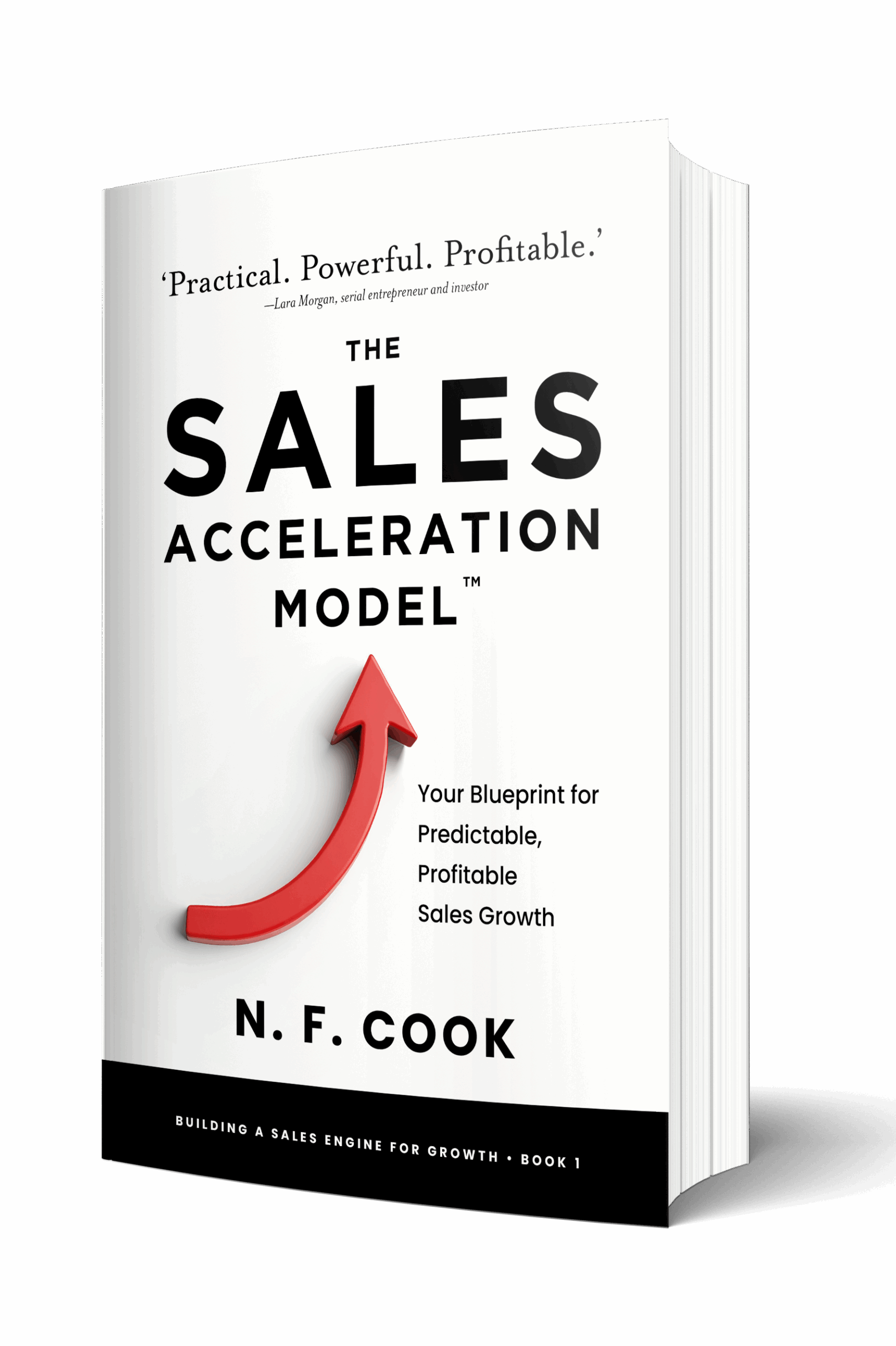One of the biggest decisions you will need to make as your sales team begins to grow is how to structure it across your entire customer base. Unless you want your people stealing the best leads from one another, selecting which are their ‘best’ clients and mismanaging the rest, or increasing the cost by overlapping territories and duplicating effort, then you need to think this through – before it becomes a problem.
The first question is whether your clients would work better with a P.A.M. sales model or whether they need to have a relationship with a singular salesperson.
P.A.M stands for Passive Account Management. Essentially it means your customer moves through a pre-planned customer journey as they progress through the different stages of the sales process. This method has a number of advantages and disadvantages.
Advantages of a PAM
Increased productivity as individuals are focused on a singular objective in the sales journey (e.g. pre-qualifying, setting appointments, booking demos, closing deals, upselling, onboarding, account management etc.).
It works well with commodity or transactional sales (eg. SAAS software or where there is a clear entry product for the customer – a first sale).
Allows very efficient scale.
Reduces business risk as the client’s relationship is with the company rather than an individual within a company.
Can allow a clear path for employee career development as they develop and move through the more experienced roles in the overall team.
Disadvantages of a PAM
Can be more expensive in the beginning, requiring more hires in multiple roles (although, I often recommend starting with Part-time positions in multiple roles, rather than one hire who splits their time across multiple disciplines).
Relies heavily on pre-planned automation that if not thought out in advance can damage the client experience (e.g. sending automated emails out of sequence)
Customers can perceive it as a less personalised client experience.
Doesn’t suit a highly specialised or solution-based sales process which requires highly skilled technical knowledge.
PAM would always be my first choice, if at all possible, as the focus required always increases productivity. It’s virtually impossible to find a sales professional who is competent in every part of the client journey, so specialise your team as soon as possible.
However, if a PAM structure is right for your business, you need to decide how to Slice the Cake. There are a number of ways in which you can do this;
- Via Product, or Product Group
- Via a geographical territory split
- Via a vertical market split, or sector specialism
- Via sales channel (ie. Wholesalers, Direct Customers, Online)
- Via Customer size (i.e Micro, Mid, Enterprise)
If you choose this option, there a number of additional considerations to take into account;
Are your team responsible for their own lead generation? If not, how do you fairly allocate new leads?
How will you minimise unnecessary cost through inefficiencies? i.e. one team member travels to Birmingham to meet a client, and then another team member travels the day after to see one of their clients, duplicating mileage and expenses.
Do all geographies or sectors offer the same growth opportunities, or would you be better placed to dedicate more resources to parts of the market that represent the biggest growth opportunities.
If a team member looks after a wide range of types and sizes of customers within either a single territory or a whole sector, how do you ensure they spend the ‘right’ amount of time focusing on the ‘right’ sales opportunities – something we call ‘Profit Priorities.’
A poor performing team member can decimate one area, as skills are not balanced across the team
In some cases, a business may need to build a sales journey that is a hybrid of the two. If you map your customer journey effectively, how much could you improve your automated PAM processes, or by introducing a sales support to your structure?
Either way, the point is, you need to decide first and build the team accordingly. The team you need will not be the same that is needed for another business. As always, your decision should be driven by understanding what’s best for your customer and how you can fulfil their needs in the most profitable way possible.


